A NEW exhibition in London featuring 26 emerging artists from six south Asian countries explores cultural exchange and similarities throughout the region, according to its co-curator.
Titled (Un)Layering the Future Past of South Asia: Young Artists’ Voices, the show examines themes of ecological fragility, gender justice, displacement, and political unrest through media including painting, sculpture, textiles, photography, video and installations.
“Our exhibition is looking towards a bright future. It acknowledges the past and shared histories and focuses on the interconnectedness in south Asia. We’re talking about cultural exchange and similarities throughout south Asia,” Manmeet K Walia told Eastern Eye.
“There are many threads that connect all the works. For example, there’s nostalgia and memory, as well as geographical aspiration, in a certain way. It also explores the lived experiences of today, with artists discussing their experiences.
“We’re examining many issues that connect the works in terms of tone, visual appeal, and overall aspect.”
Artists from India, Pakistan, Bangladesh, Sri Lanka, Nepal and Afghanistan feature in the exhibition. It is curated by Indian and Pakistani artists Walia and Salima Hashmi, who took three years to put it together.

One of the highlights of the exhibition, which is supported by The Ravi Jain Memorial Foundation, is a joint artwork by Pakistani artist Maheen Kazim and Indian artist Purvai Rai. Their work, titled Hum bhi dekhein ge (We too shall see, 2024-25) represents unity and connection between the countries. It focuses on the traditional textile called khes, exploring shared memories and weaving practices from the Punjab region, which spans both Pakistan and India.
Through their artwork, Kazim and Rai explore the impact of Partition.
Another work is by Sher Ali, an artist from Afghanistan who was forced to migrate to Australia a year ago. The artwork is a massive silk screen with embroidery done by women in Kabul. He sent the textile to Kabul and the women worked on it. It calls for the right to live free from the shadows of war.
Walia, who studied master of arts in curatorial practice from the Chelsea College of Art, University of the Arts London, said, “The exhibition focuses on emerging artists.
“Art typically witnesses the times, and this show features young voices reflecting on current events. These artists will narrate stories in the future, just as we now read stories through other artists who have passed away or are very senior.”

Artists who will be featured in the exhibition include Ashfika Rahman, Ayesha Sultana (Bangladesh); Moonis Ahmad, Aban Raza, Varunika Saraf (India); Amrit Karki (Nepal); Aisha Abid Hussain, Suleman Khilji, Aiman Amin (Pakistan); Hema Shiron, Pradeep Thalawatta and Rinoshan Susiman (Sri Lanka).
According to Walia, “Through their experiences, these artists are narrating the story of south Asia. Coming to a western country where they haven’t necessarily exhibited before allows them to open the eyes of the world to the feelings of south Asia. It’s a beneficial relationship between the artists having a great platform to showcase their work and the viewers who may never have seen their work. We would be most pleased if more opportunities arose from this curatorial collaboration for these artists. That’s our vision.”
As a curator, Walia said art can help unite communities. She said, “Art is a parallel of life. What you make is probably what you feel. Art has that emotional quality to it.
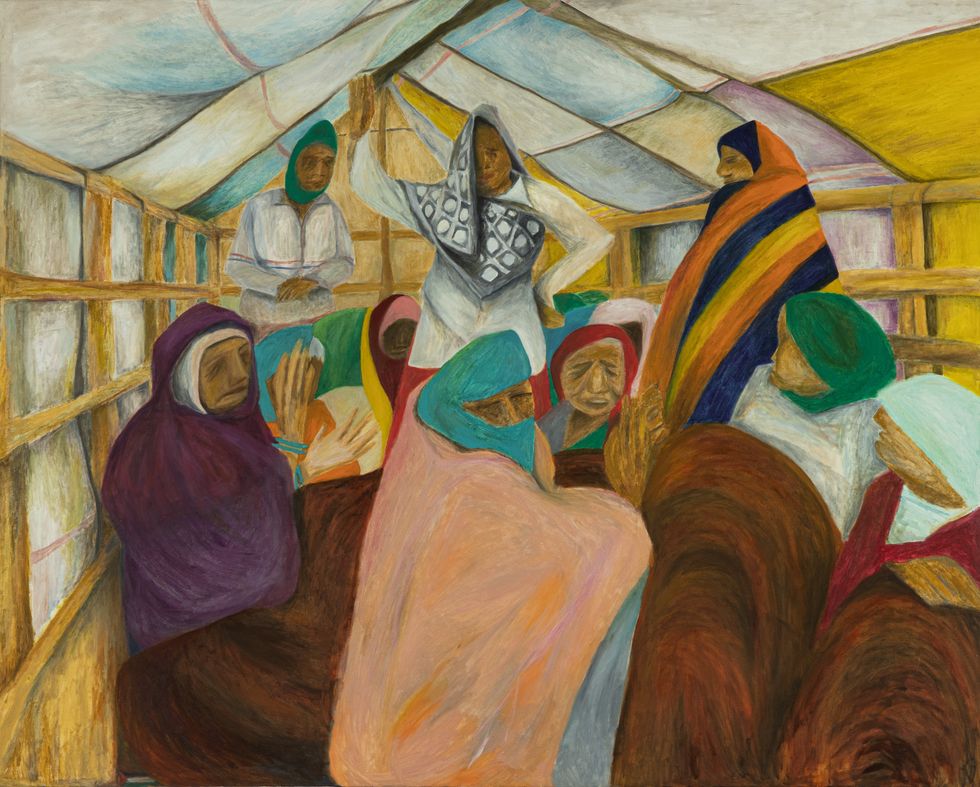
“The emotion that comes to you as a viewer is important in bridging gaps, because you start to empathise, you start to understand cultures. That connection is important, because it breaks barriers and boundaries and connects people around the globe, which I hope we continue doing.
“This exhibition opens the idea of thinking about our past and how, when we go back many years, south Asia was one region at some point. We have many overlaps within our cultures, languages, food, and clothes. To bridge that gap – I live in London, so for me, south Asia is an emotion, and when you see people who are similar, it evokes warmth. I believe people hold that emotion within them; this exhibition simply puts it out there that we are fluid and can come together beyond borders.”
The exhibition (Un)Layering the Future Past of South Asia: Young Artists’ Voices will run from April 11 to June 21 at the SOAS Gallery







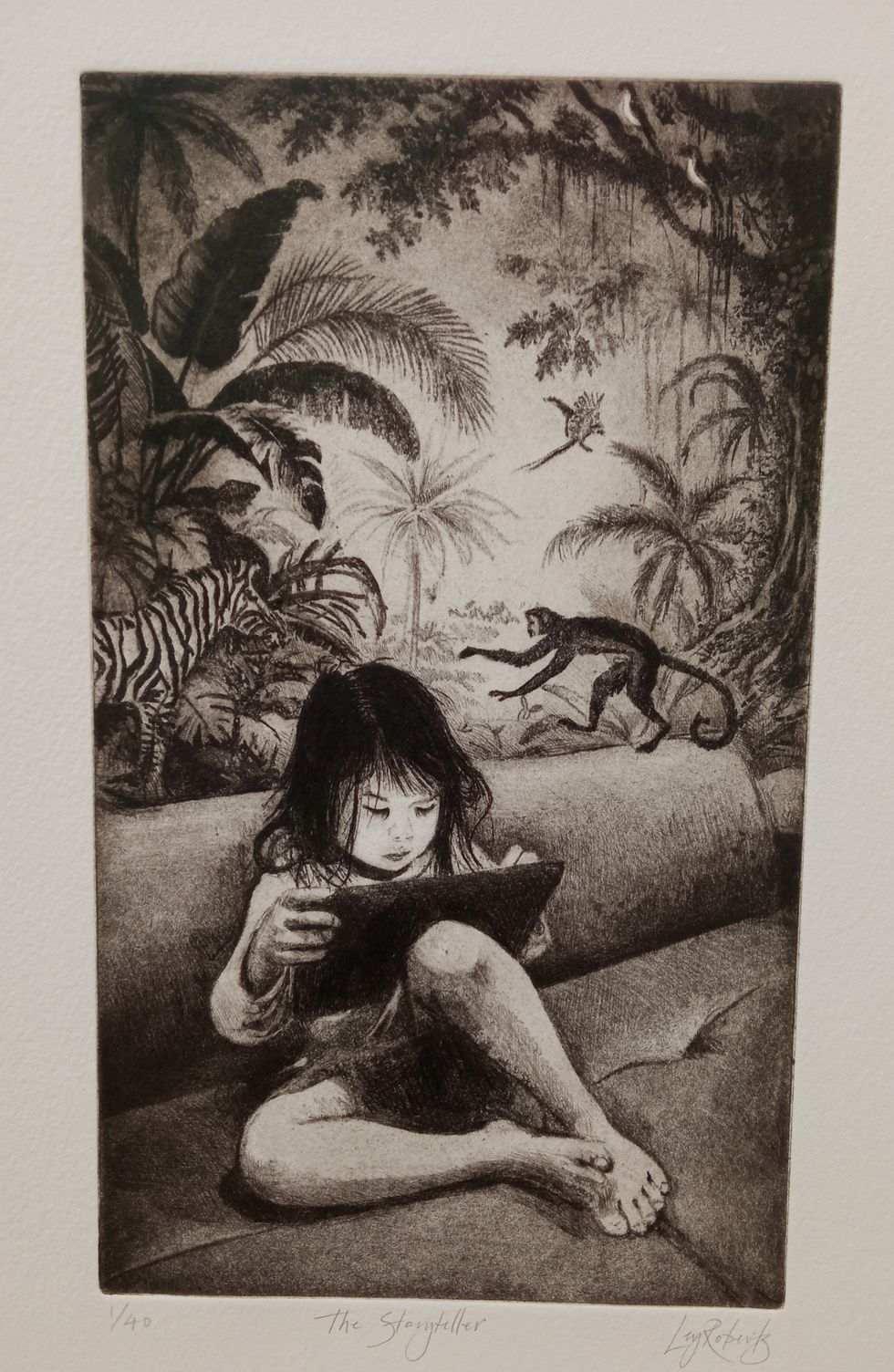 The Story Teller by Ley Roberts
The Story Teller by Ley Roberts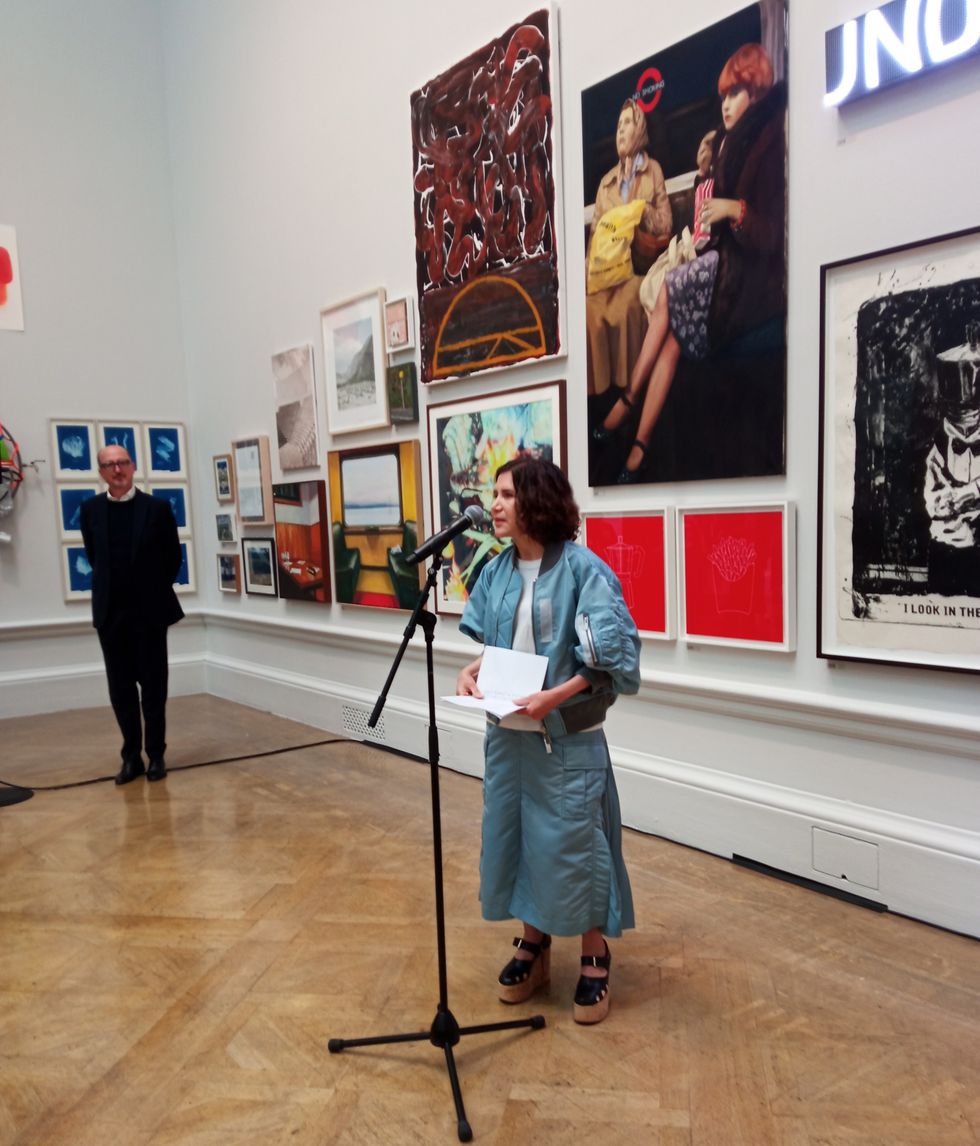 Summer Exhibition coordinator Farshid Moussavi, with Royal Academy director of exhibitions Andrea Tarsia in the background
Summer Exhibition coordinator Farshid Moussavi, with Royal Academy director of exhibitions Andrea Tarsia in the background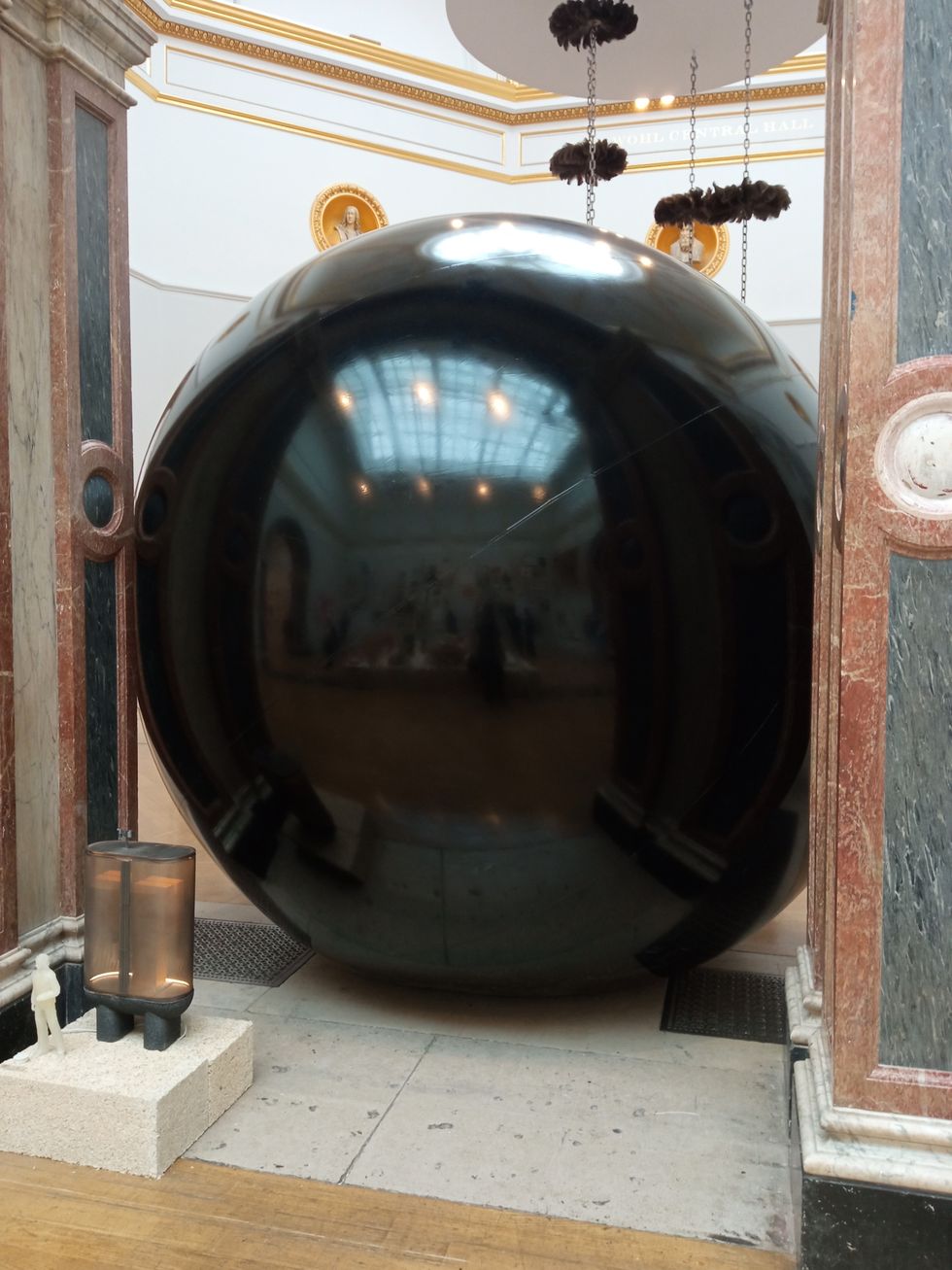 An installation by Ryan Gander
An installation by Ryan Gander A sectional model of DY Patil University Centre of Excellence, Mumbai, by Spencer de Grey
A sectional model of DY Patil University Centre of Excellence, Mumbai, by Spencer de Grey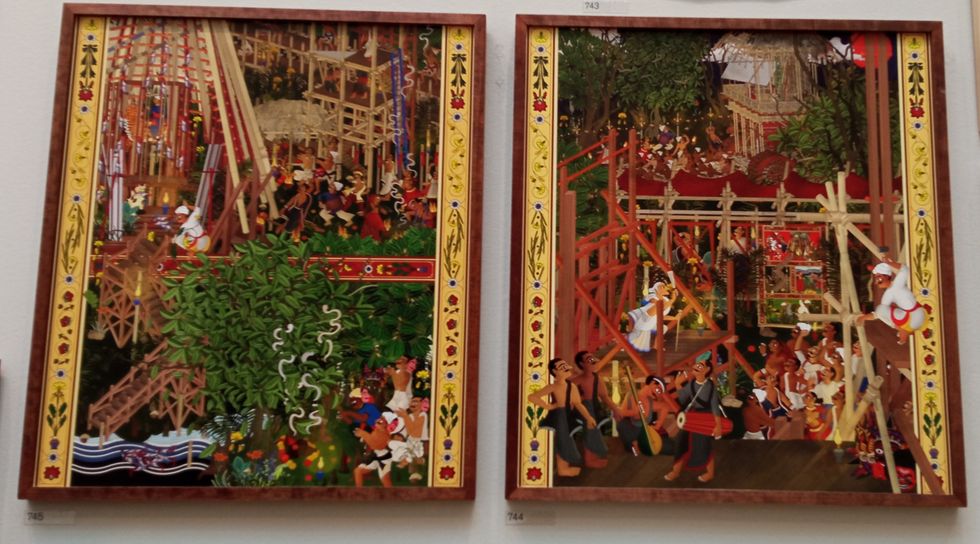 Rituals and Identity and Theatre of Resistance by Arinjoy Sen
Rituals and Identity and Theatre of Resistance by Arinjoy Sen
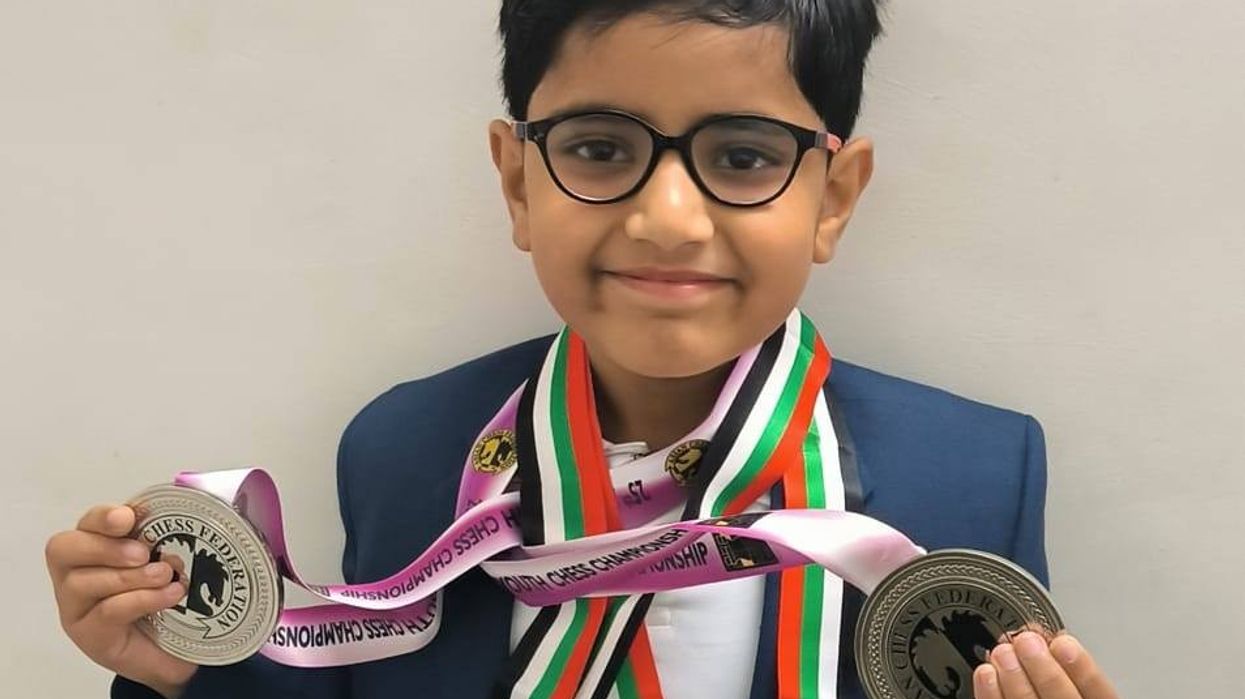

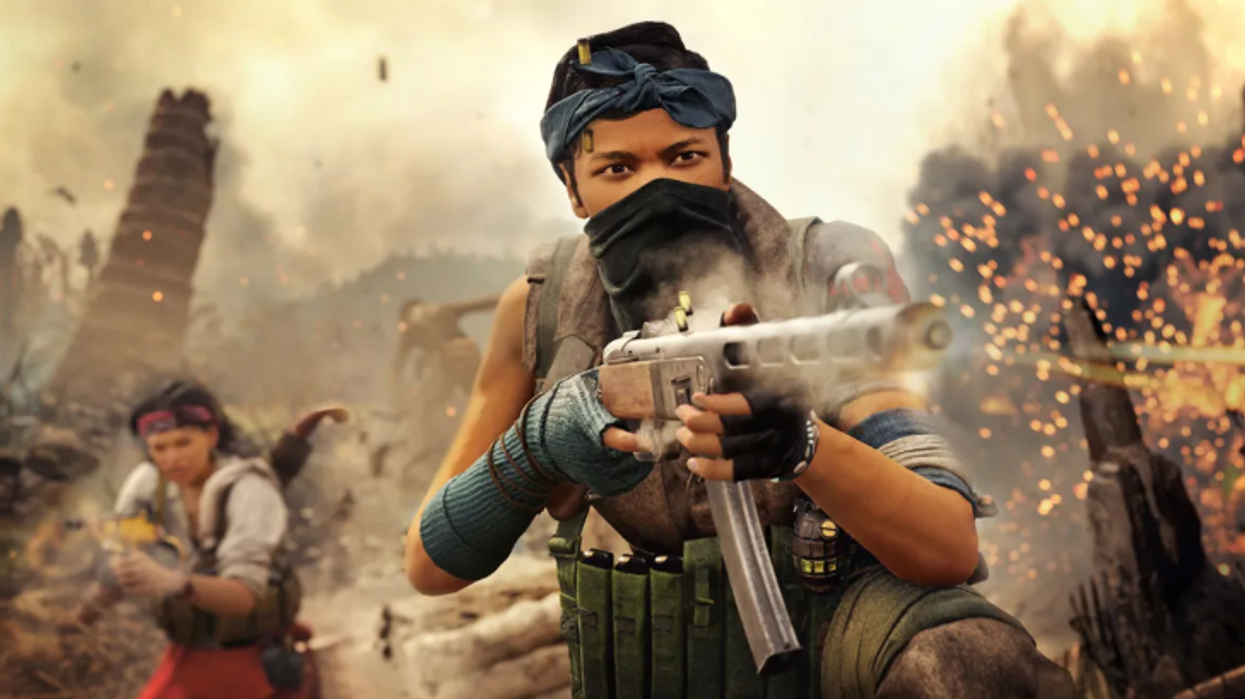
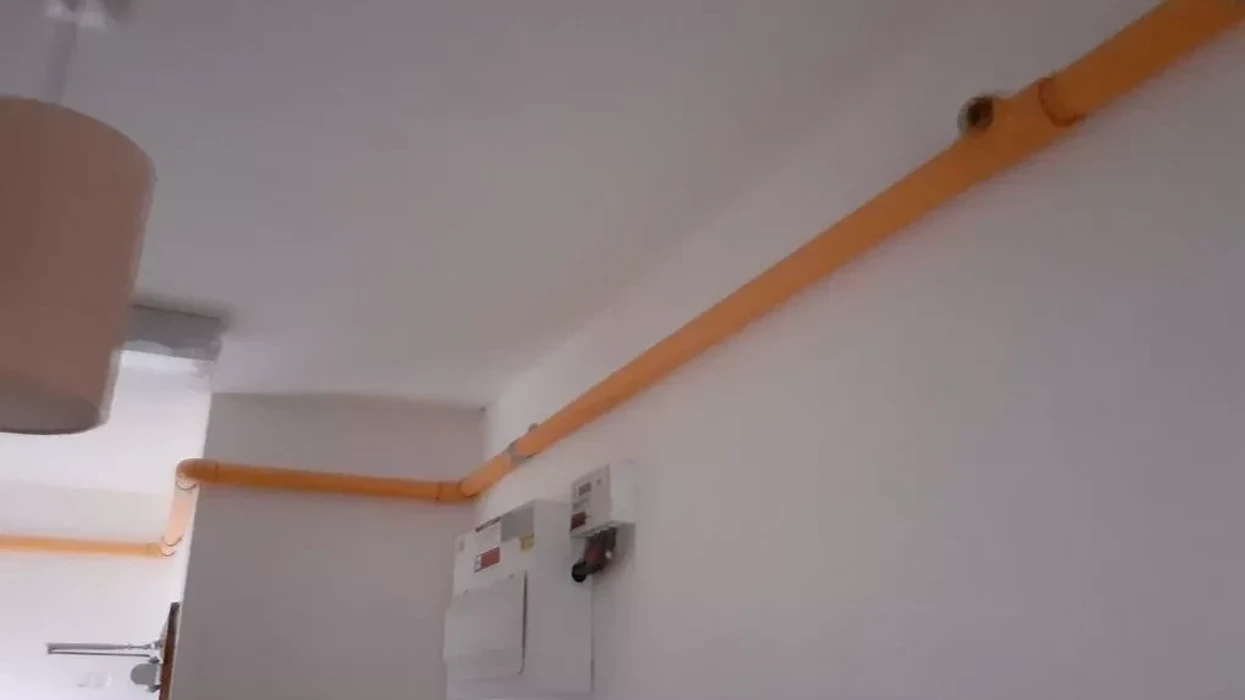





 The statues were the product of a transatlantic effortGetty Iamges
The statues were the product of a transatlantic effortGetty Iamges
 The 50 digital paintings showcase a blend of cosmology and Indian classical musicThe Bhavan
The 50 digital paintings showcase a blend of cosmology and Indian classical musicThe Bhavan
 Deccan Miniature Images - Gold Cows on red getty images
Deccan Miniature Images - Gold Cows on red getty images Pastel Lotus getty images
Pastel Lotus getty images Krishna as Govindagetty image
Krishna as Govindagetty image Greyscale Pichvais
Greyscale Pichvais  Sketches
Sketches  Modern Cow Pastel
Modern Cow Pastel Sketches
Sketches  Pichvai gifted to Narendra Modi
Pichvai gifted to Narendra Modi  Black and gold Gopis
Black and gold Gopis  The Haveli of Shrinathji
The Haveli of Shrinathji
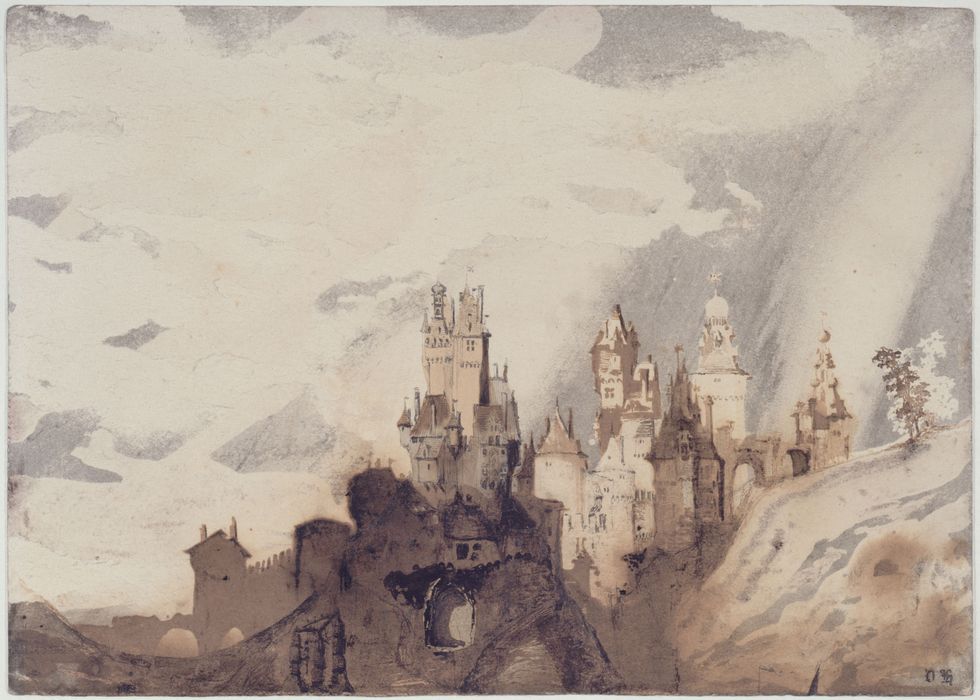 The Cheerful CastleParis Musees
The Cheerful CastleParis Musees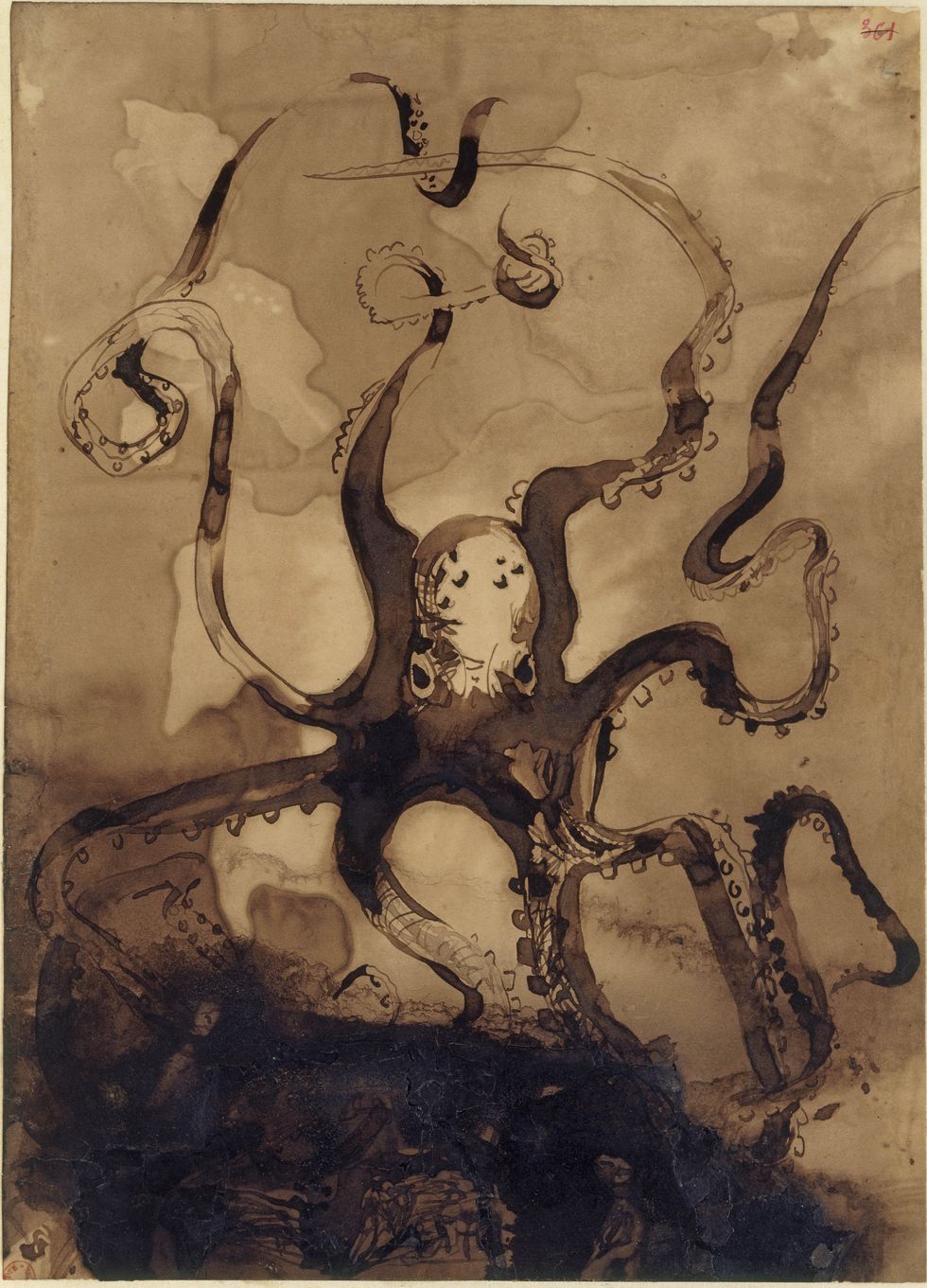 OctopusParis Musees
OctopusParis Musees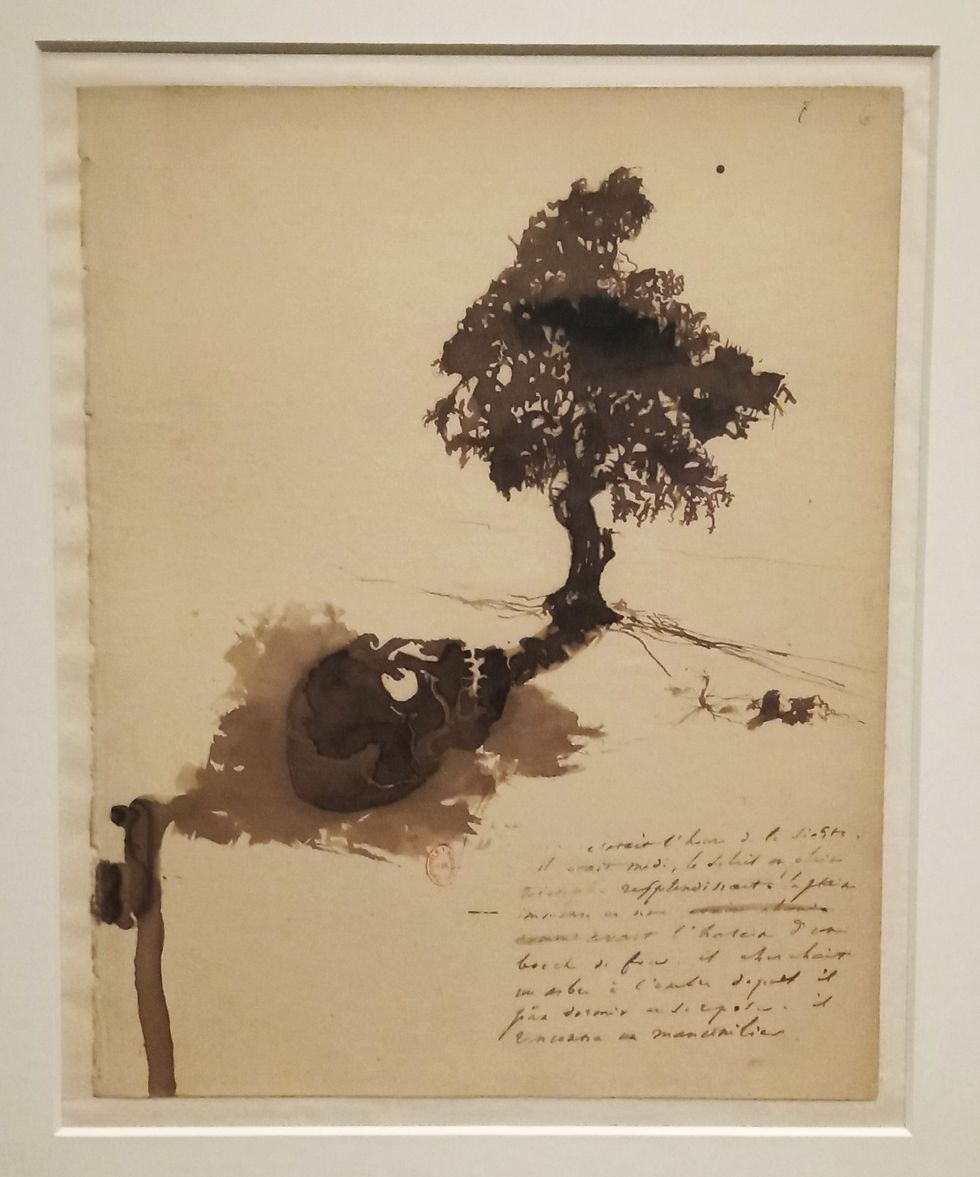 The Shade of the Manchineel TreeParis Musees
The Shade of the Manchineel TreeParis Musees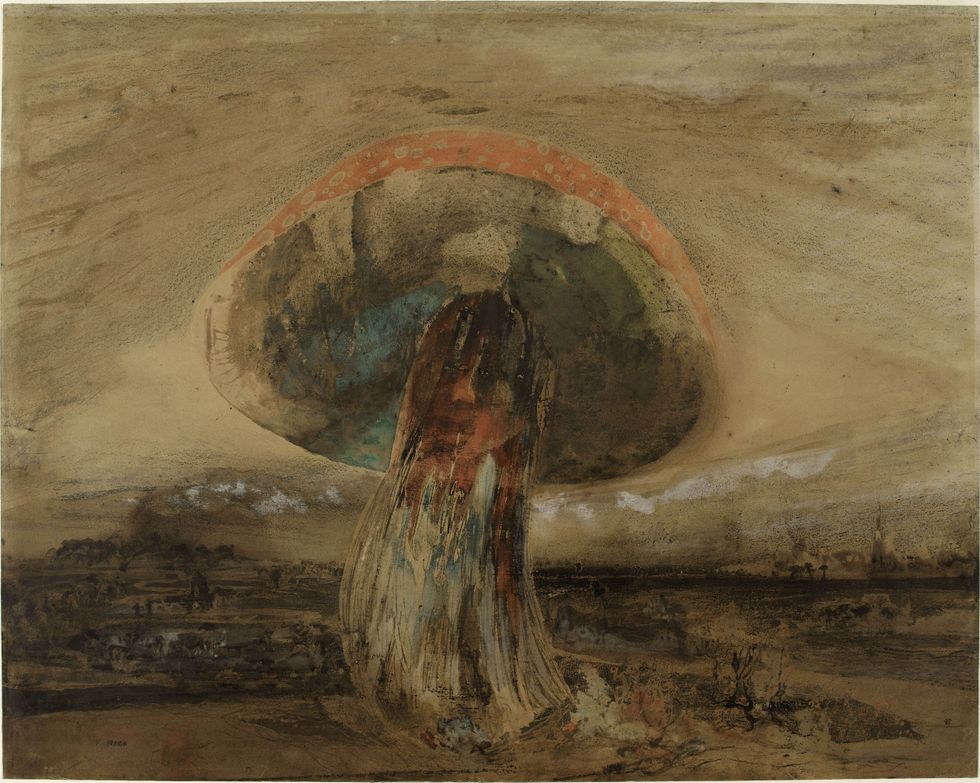 MushroomParis Musees
MushroomParis Musees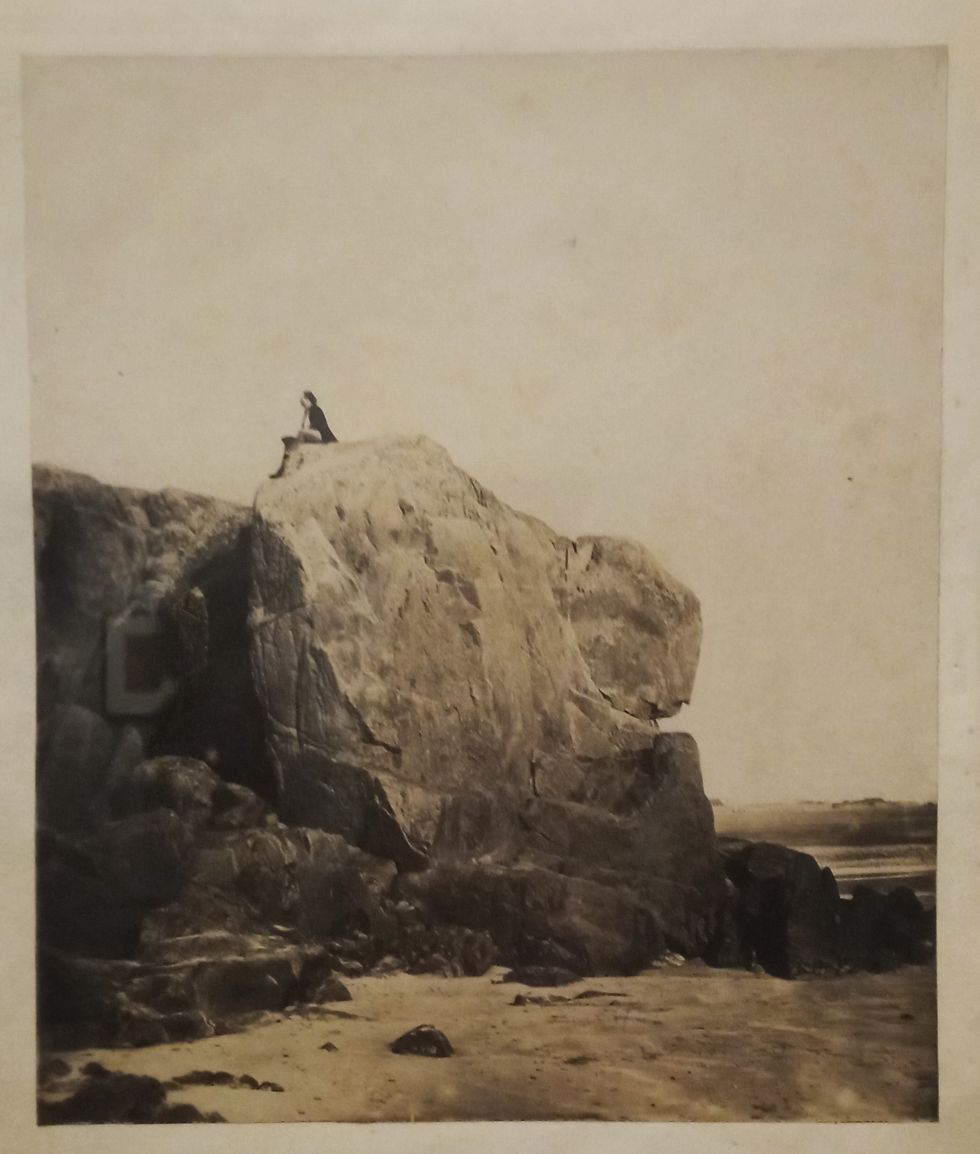 A photograph of Hugo taken by his son, CharlesParis Musees
A photograph of Hugo taken by his son, CharlesParis Musees